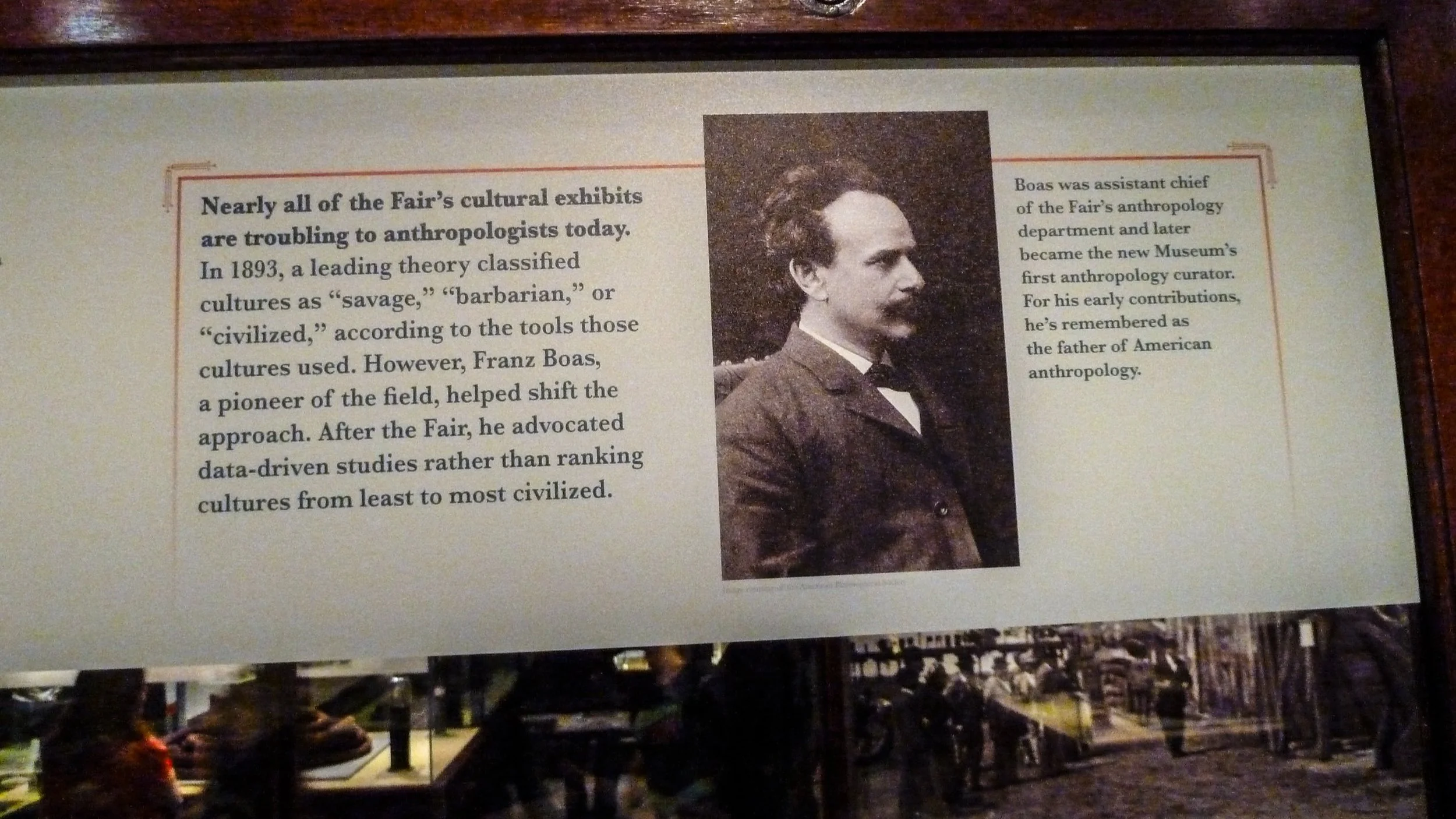Anthropology vs. Archaeology vs. Paleontology vs. Primatology
Look at all of those -ologies! Yes, it’s a lot of very big words. And yes, by pure virtue of confusion about what they really are, all of those things are related. Here, I am going to define archaeology a bit by what it is not. And by that token, what it is adjacent to and what roles are often confused or coded for it.
Tamara Rakestraw and Amy Reynolds conducted a survey and resultant study in 2001 asking the public what they thought archaeology was. To that end, many of them gave other answers and despite the study taking place over 20 years ago there is still a lot of confusion about that today.
Anthropology
So let’s start with Anthropology. This one is a bit weird because it depends on what part of the world you live in. For anyone studying archaeology in the U.S. or in a system derived from the U.S. system, you can pretty much blame a man named Franz Boas for creating the 4-field study of Anthropology as it exists in the U.S. today. This means that the field of Anthropology consists of 4-subfields: Cultural Anthropology, Linguistics (these two are sometimes combined as socio-linguistics or something similar), Bioanthropology, and, yes, Archaeology.
Anthropology is more strictly the study of culture, but because of Franz Boas, anyone wanting to focus on any of those subfields in the U.S. often has to get a degree in Anthropology with a focus on one of those fields, including me. This means that people with degrees in Anthropology often have a large range of knowledge about… a lot. It creates a larger feeling of interdisciplinary studies.
However, studying Anthropology in Europe will not be the same. Archaeologists in Europe get degrees in Archaeology (for the most part) and sometimes are even more focused than that. Anthropology in Europe is much more strictly similar to the field of Sociology, where they study cultures and how people in them interact.
Paleontology
Paleontology is about digging up very old things. Archaeology is about digging up kind of old things. While it seems like there might not be a difference there and the two are often coded for each other in films, television, etc., Paleontology does not have anything to do with humans. That’s the biggest difference. There are also a lot of different techniques and practices because Archaeologists and Paleontologists rarely look in the same places for potential dig sites.
That being said, anyone looking to study very distant human ancestors often are Paleontologists, as regular Archaeologists are never looking in the right places to be able to find things like Lucy. If it’s too old to be human, Archaeologists aren’t looking for it, and Paleontologists often have to look a lot deeper into the Earth’s stratum to find what they’re looking for. If you’re looking for dinosaurs, you’re 100% NOT an archaeologist.
Primatology
Primates can be a contentious field, and some of those in this field are actually Bioanthropologists, again depending on where they got their degree. Americans probably got a degree in Biology or Anthropology (with a focus on specifically non-human Primates) also likely depending on where they got their degree (e.g. Jane Goodall is considered both a biologist and anthropologist despite the fact she got her degree in neither). Europeans probably got their degree specifically on Primatology. Again, while they are at least human adjacent archaeologists are very rarely if ever looking at the remains of primates. They are very much focused on past humans and past human societies.
Classics
And as a bonus, I want to mention Classics. Classical Archaeology has a very long and storied history, but in a very unfortunate manner, the field of Archaeology and Classical Archaeology had a very major split and they haven’t really come back together since. Classical Archaeologists are focused on the civilizations of Egypt, Rome, Greece, Macedon, etc., and they have a much different approach than Archaeologists nearly anywhere else. As someone who has been trained in both, it is often frustrating to watch, as there is a lot both sides can learn from each other.
The main crux of the problem is that Classical Archaeologists have access to a lot of written records and documents that most Archaeologists will never see. This provides context and first and second-hand accounts for what was happening, while most Archaeologists often have nothing to go on at all. Archaeologists studying Mesoamerican societies like the Maya or ancient Chinese civilizations with a long history of writing are sort of in between. In the case of the Maya, the code to understanding the glyphs was not fully deciphered until the early 1980s, which changed the field forever after that.
But that’s it for today. That was a lot of very fast definitions to unpack, but I have mentioned all of these words recently and will likely talk about all of them at some point. As I was trained in the U.S. and also received a degree in Classical Studies, I will likely talk about all of these things in the blog at some point. And because Paleontologists are often coded as Archaeologists in pop culture, I will be mentioning them occasionally as well. Until next time, don’t go digging up any bones without permission.






